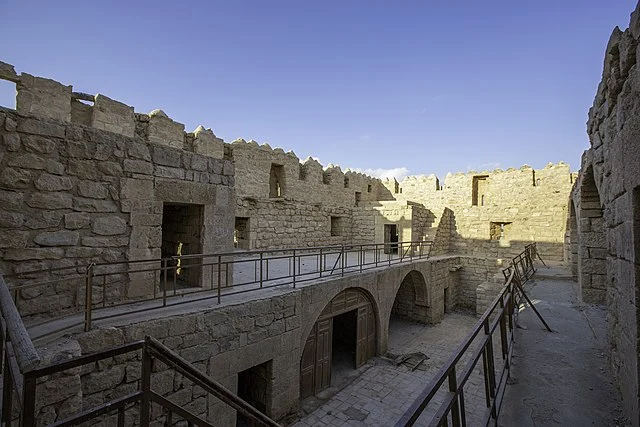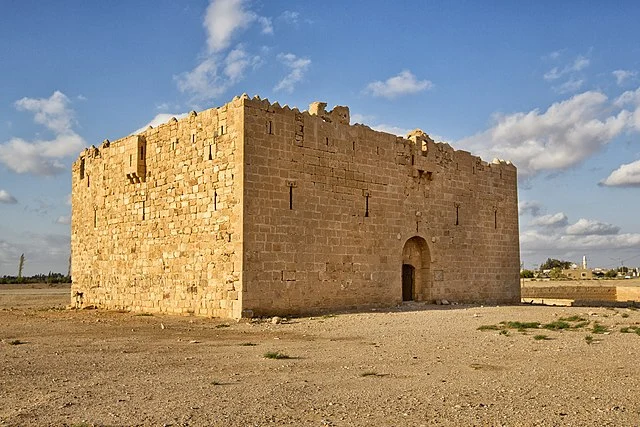Qasr al-Qatraneh, also known as Qatraneh Castle, stands as a significant historical structure in modern-day Jordan. Built during the early Ottoman period, this fortress has played a critical role in regional defense and control. Its location along key trade routes and its military purpose reflect the strategic importance of Qasr al-Qatraneh throughout history.
Get your dose of History via Email
Historical Background Of Qasr al-Qatraneh

Qasr al-Qatraneh dates back to the early 16th century AD, during the reign of the Ottoman Empire. It was constructed around 1517 AD, soon after the Ottomans expanded their territory into the region. The Ottomans built the fortress to protect pilgrims and traders traveling between Damascus and Mecca. Additionally, it served as a defensive outpost to secure the empire’s southern borders.
Architectural Features
The fortress’s architecture is characteristic of Ottoman military structures from the period. The building is rectangular, with thick stone walls and four corner towers for enhanced defense. The walls, made of local limestone, are robust and designed to withstand attacks. The entrance features a vaulted gateway, a common feature in Ottoman military architecture.
Inside the fortress, the courtyard is spacious, allowing for the accommodation of troops, animals, and supplies. The rooms surrounding the courtyard provided storage and living quarters for the soldiers stationed there. The design was practical, with a focus on functionality over aesthetics.
Strategic Importance
Qasr al-Qatraneh’s location was not chosen by chance. It lies on the historic pilgrimage route known as the Darb al-Hajj, which connected Damascus to Mecca. This route was vital for the movement of pilgrims and traders across the Arabian Peninsula. The fortress ensured the safety of these travelers and helped maintain Ottoman control over the region.
Furthermore, Qasr al-Qatraneh was part of a network of fortresses and caravanserais that the Ottomans used to secure their territories. These structures served as resting places and protection points, reducing the risks of raids by Bedouin tribes. The network also allowed the Ottomans to project their military power across the vast desert landscape.
Modern Significance and Preservation
Today, Qasr al-Qatraneh remains a valuable historical site. While much of the structure has endured the test of time, efforts to preserve and study the fortress continue. The site offers insights into Ottoman military architecture and the region’s history during the 16th century AD.
Archaeologists and historians have focused on preserving the site to ensure that future generations can study and appreciate this piece of history. Ongoing restoration projects aim to maintain the structural integrity of the fortress while respecting its historical authenticity.
Conclusion
Qasr al-Qatraneh is more than just an old fortress. It is a testament to the strategic foresight of the Ottoman Empire and their efforts to control vital trade and pilgrimage routes. Its architectural design, military significance, and location all highlight the importance of this structure in the history of the region. As a well-preserved example of Ottoman military architecture, Qasr al-Qatraneh continues to provide valuable insights into the empire’s influence in the Middle East.
Source:

